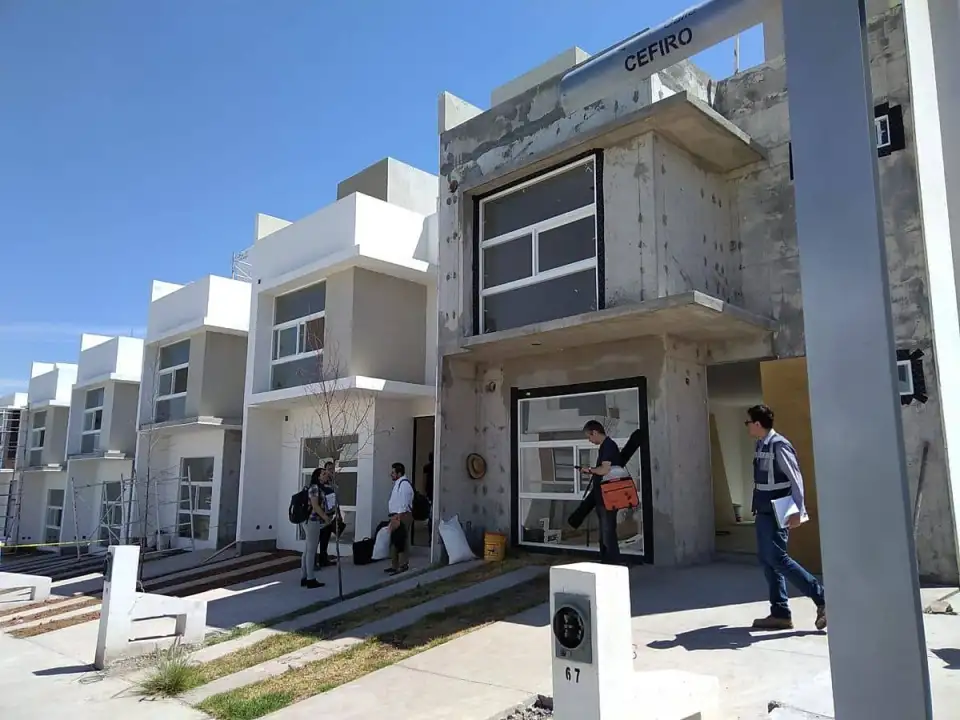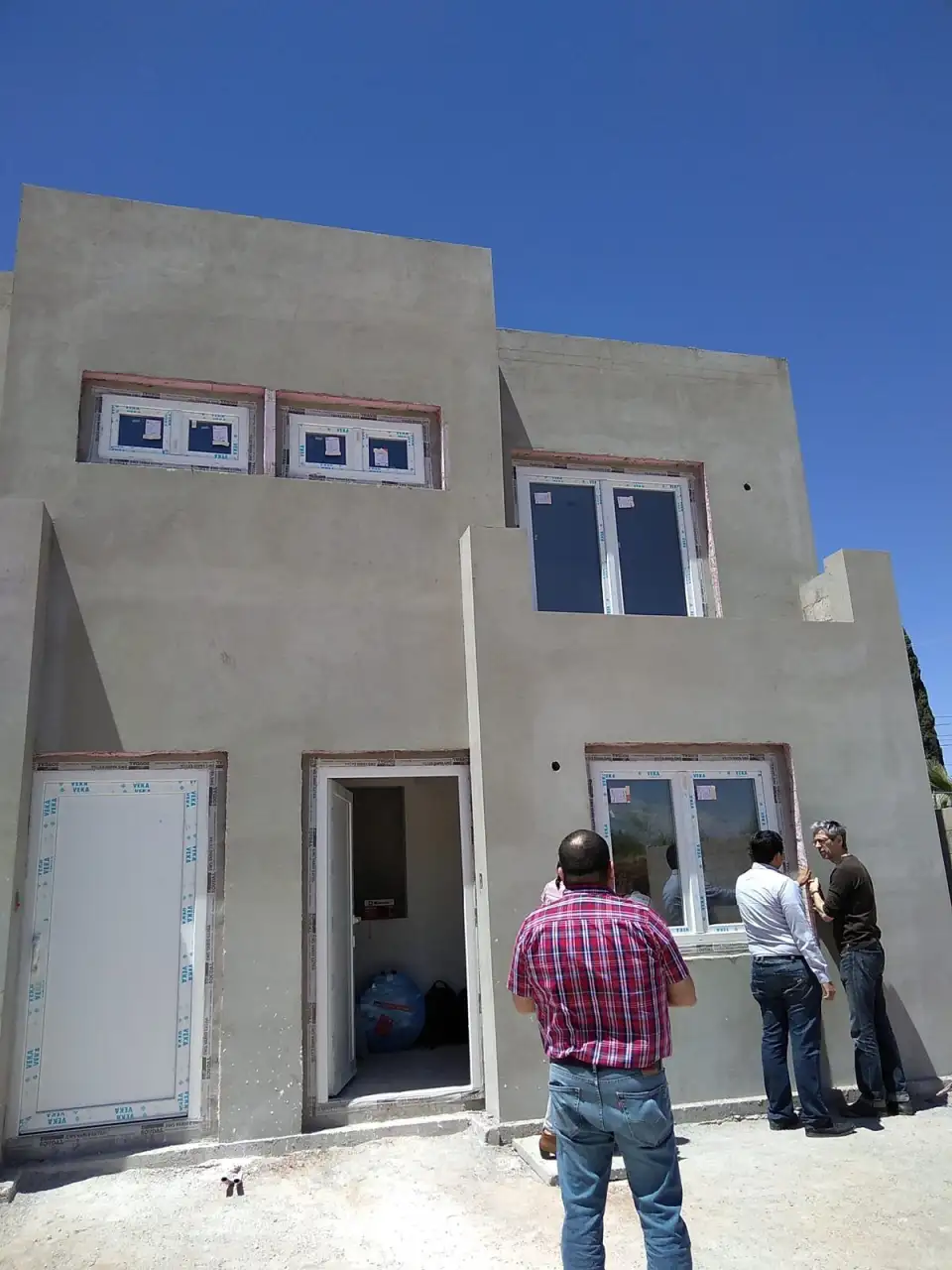
Thirty low-income families in Mexico are now experiencing the benefits of Passive House residences thanks to a pilot program funded in part by the European Union’s Latin America Investment Facility (LAIF) Component of the EcoCasa Program. These Passive Houses constitute a small part of the EcoCasa Program, which is helping to pay for the construction of more than 27,000 low-carbon homes throughout Mexico.
Mexico’s residential housing sector is responsible for 16% of the country’s total energy use and 26% of its electricity use. The Passive House component of the EcoCasa Program, managed by Sociedad Hipotecaria Federal, grants credits for the construction of energy-efficient houses that achieve at least a 20% reduction in greenhouse gas emissions. In hot climates like Monterrey and Nogales, the Passive Houses achieved an 80% reduction of CO2 emissions solely by saving energy. The Consortium GOPA | Passivhaus Institut, with the collaboration of IzN, provided technical support, working with local advisors to guarantee that all projects achieved the Passive House standard and were built according to plan.
The five row houses in Morelia, which is situated at 2,000 meters above sea level, were among the first to be completed. In this temperate climate, with only a few improvements to the thermal envelope, it was found that a small electric heater was sufficient to ensure that the homes remained comfortable. The ten row houses in Guadalajara, a little southeast of Morelia, did not require mechanical cooling or heat recovery ventilation either. In such temperate areas as Morelia and Guadalajara, PV panels generated sufficient electricity to reduce CO2 emissions by 80%.

Farther north in Nogales, which is just south of the U.S. border, ten duplex homes were constructed. This location is much closer to the desert, so the building envelope required 5 inches of insulation and triple-glazed Passive House-certified windows. Only two small mini-split units are providing the heating and cooling needed in each home. As in Morelia, heat recovery ventilation was not required.
In Monterrey, a city south of Texas with a hot semihumid climate, five row houses were built. These homes required mechanical ventilation with heat recovery, making Monterrey the only pilot site to require comfort ventilation.

At each of these sites, for a project plan to be approved, an economic analysis had to show that the additional investment costs would be completely offset by the savings realized on electricity and gas bills. In other words, these first new-built houses to achieve the Passive House standard in Mexico and Latin America are great examples of cost-effective solutions to create very high-performing homes in this region.
These homes provide a path for residents to adapt to the impact of climate change, and to help move Mexico toward a 50% reduction in carbon levels by 2050. The project is expected to reduce one million tons of CO2 in its first seven years. On the horizon there may be a second phase of the LAIF component where developers can choose to use Passive House designs.
For more background on this project, see “Applying the Passive House Standard in Mexico” in the 2017 issue of Passive House Buildings.